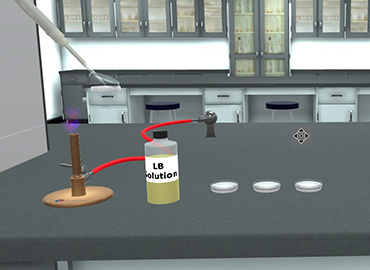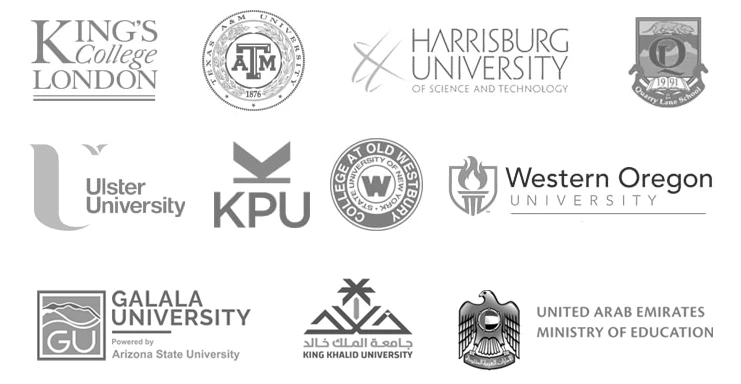Cloning-Transformation Virtual Lab Simulation
Biology | Biochemistry | Genetics | Microbiology






2.5M+
Active Users Worldwide
80%
Improved Learning Retention
60%
Reduction in Laboratory Costs
To create a recombinant DNA molecule, followed by the transformation and the plating of E. coli JM101.
Recombinant DNA molecule synthesis using DNA ligase.Transformation using T-solution.Plating using the spread-plate technique.
To understand the role of the devices, the reagents and the enzymes used in the processes of Recombinant DNA molecule synthesis, competent cells preparation, transformation, and plating.
Formation of a recombinant DNA molecule is done by ligation of the cut yeast DNA fragment with the cut plasmid DNA. Ligase enzyme is used for this reaction. Both yeast and plasmid DNA were cut with the same restriction enzyme, which means both are cut at the same sequence of nucleotides (restriction site of EcoRI). This creates complementary sticky ends in both DNA fragments (yeast and plasmid). Complementary ends can easily attach to each other in the presence of ligase enzyme.
Transformation means the introduction of genetic material into bacterial cells.
After the preparation of the JM101 to be competent cells, they are transformed with:
1. The recombinant molecule which contains the DNA fragment of interest.
2. Uncut pUC19, prepared as control.
3. Sterile water, also prepared as control.
At last, plating out the transformed bacteria using the spread-plate technique onto medium containing Ampicillin, X-Gal and IPTG (isopropyl-β-D-thiogalactopyranoside).
Cloning-Transformation virtual lab is divided into 3 parts:
1- Recombinant DNA molecule synthesis: this is done by ligating:
The ‘dephosphorylated/EcoRI-digested pUC19 plasmid’ with the ‘EcoRI-digested yeast genome fragments’
This creates a recombinant DNA molecule ‘Expt ligation’ that can be used as a ‘vector’. Remember, both (a) and (b) were prepared in unit (1).
2- Transformation: Vectors are then introduced into competent cells of ‘Escherichia coli strain JM101’ which is a process called transformation. You start by preparing the e.coli ‘JM101’ to be competent. You will prepare a sample enough for
3- Plating: The transformed bacteria should be plated onto agar medium containing ampicillin, X-Gal and IPTG, allowing you to select and screen for recombinant DNA vector(s).




